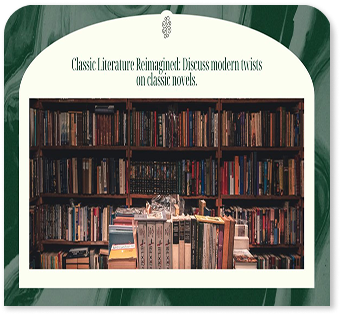-
Mon-Fri: 10AM to 8PM 01722665665
-
My Account
-
-
0
Total :
₹ 0.00

The book provides a comprehensive overview of the Indian political system, focusing on the nature of political parties, electoral processes, voting behavior, and contemporary issues such as caste, religion, and regionalism in politics.
Yes, "Indian Politics" is specifically tailored to meet the syllabus requirements for BA 2nd year, semester 4th at Panjab University, making it a vital resource for your studies.
The version you are browsing is in English, making it suitable for students who prefer studying in the English medium. Additionally, "Indian Politics" is also available in Hindi and Punjabi versions, ensuring accessibility for a broader audience. This allows students from different linguistic backgrounds to engage with the content effectively.
The book is divided into four units, each covering different aspects of Indian politics, including party systems, electoral reforms, emerging trends, and foreign policy.
Yes, the book includes questions framed according to the latest examination pattern, making it an excellent tool for students preparing for their assessments.
The book covers a range of question types, including short answer questions and essay-type questions that encourage deep analytical understanding of the topics.
Yes, the book includes suggested readings to enhance your understanding and provide additional context on various topics covered.
This book is designed to enrich your understanding of the Indian political system and prepare you for discussions and examinations, giving you the analytical tools needed to evaluate key political concepts and current events.
Absolutely! The book discusses emerging trends, caste dynamics, and the impacts of religion and regionalism, helping students connect theoretical concepts to real-world political scenarios, thereby enhancing their understanding of current events.
This book provides a focused analysis of contemporary Indian politics through the lens of the current political landscape, integrating recent developments and discussions specific to India. Its alignment with the Panjab University syllabus further ensures it meets students' academic needs.
No Description Added
The book provides a comprehensive overview of the Indian political system, focusing on the nature of political parties, electoral processes, voting behavior, and contemporary issues such as caste, religion, and regionalism in politics.
Yes, "Indian Politics" is specifically tailored to meet the syllabus requirements for BA 2nd year, semester 4th at Panjab University, making it a vital resource for your studies.
The version you are browsing is in English, making it suitable for students who prefer studying in the English medium. Additionally, "Indian Politics" is also available in Hindi and Punjabi versions, ensuring accessibility for a broader audience. This allows students from different linguistic backgrounds to engage with the content effectively.
The book is divided into four units, each covering different aspects of Indian politics, including party systems, electoral reforms, emerging trends, and foreign policy.
Yes, the book includes questions framed according to the latest examination pattern, making it an excellent tool for students preparing for their assessments.
The book covers a range of question types, including short answer questions and essay-type questions that encourage deep analytical understanding of the topics.
Yes, the book includes suggested readings to enhance your understanding and provide additional context on various topics covered.
This book is designed to enrich your understanding of the Indian political system and prepare you for discussions and examinations, giving you the analytical tools needed to evaluate key political concepts and current events.
Absolutely! The book discusses emerging trends, caste dynamics, and the impacts of religion and regionalism, helping students connect theoretical concepts to real-world political scenarios, thereby enhancing their understanding of current events.
This book provides a focused analysis of contemporary Indian politics through the lens of the current political landscape, integrating recent developments and discussions specific to India. Its alignment with the Panjab University syllabus further ensures it meets students' academic needs.


